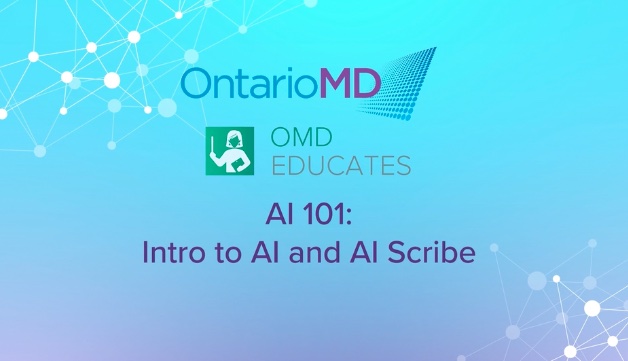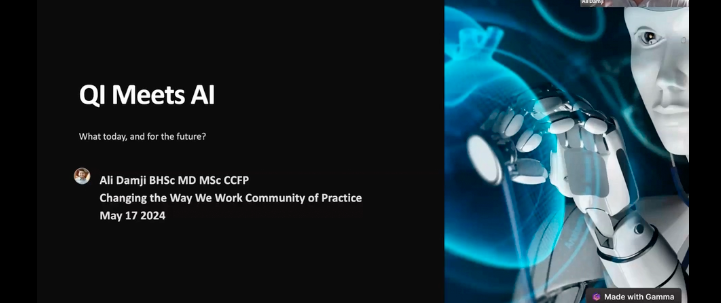Technological leap
The introduction of transformer models in 2017 represented a significant breakthrough in the advance of machine learning. Most people are now familiar with at least one transformer model – the “GPT” in ChatGPT stands for “Generative Pre-Trained Transformer”.
- Unlike previous models, transformer models dramatically reduce computing time by processing inputs in parallel, instead of sequentially.
- AI models can now understand the context and meaning of words in sentences, much like how humans understand language. This allows them to generate more accurate and contextually appropriate responses.
Foundation Foundation models are large-scale, using vast amounts of training data to facilitate use across a variety of contexts. Large Language Models (LLMs) Large Language Models (LLMs) are a type of generative AI model trained on vast amounts of data. They can produce original content based on a user’s prompt or request such as text, images, audio, or video that uses Natural Language Processing (NLP) quickly followed the development of transformer models, and significantly advanced the field of Natural Language Processing (NLP) Natural Language Processing (NLP) combines computational linguistics, statistical modeling, machine learning, and deep learning to enable computers to understand and generate realistic humanlike text and speech.




